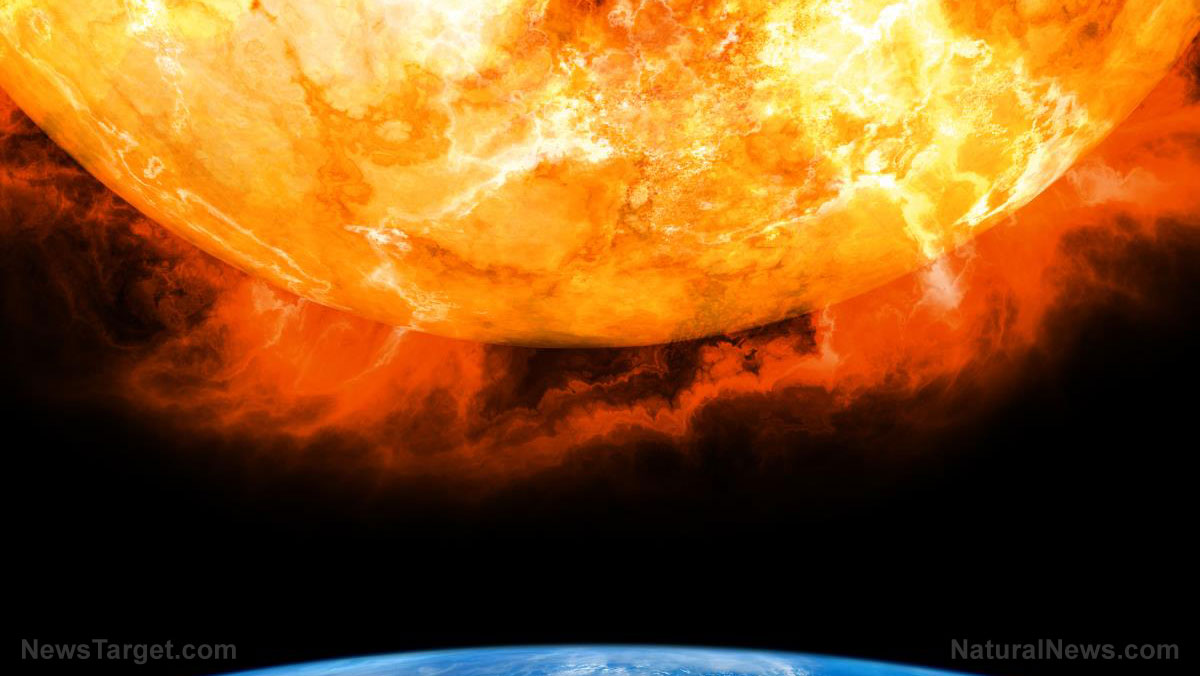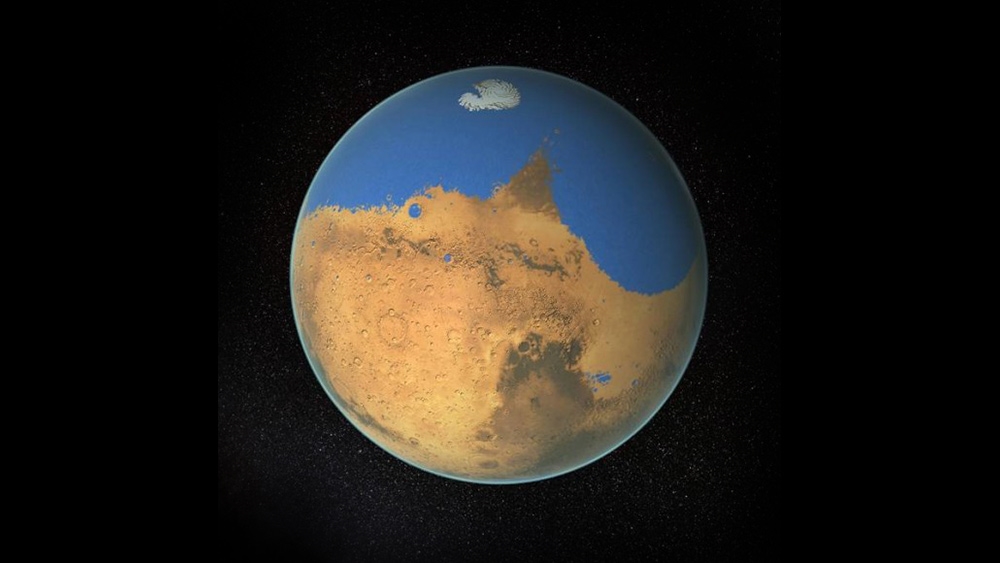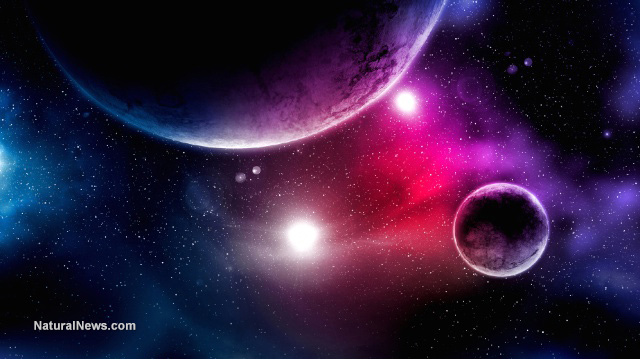Discovery: The sun’s magnetic waves react to sound
07/04/2019 / By Edsel Cook

The dynamic process of thermonuclear fusion within the heart of the sun is not just limited to generating light and heat. It also produces powerful sound waves that travel to the corona of the star and affect the powerful magnetic field of the celestial body.
Researchers from Northumbria University made the discovery, which flew in the face of established theories on the behavior of the sun’s magnetic waves. They published their findings in the journal Nature Astronomy.
The U.K. team pored over a decade’s worth of data on the sun. They determined that the acoustic waves originate from within the star and trigger changes in the Alfvenic waves of the corona, the outermost layer of the sun.
The magnetic waves in this atmospheric region are called Alfvenic waves in honor of the Swedish researcher Hannes Alfven, the first man to describe these magnetohydrodynamic (MHD) waves. Alfvenic waves are deeply involved in the movement of energy around the sun itself and throughout the solar system. (Related: Study captures life cycle of solar flares, but how do flares affect us on Earth?)
Sound waves within the sun cause the magnetic waves of the corona to vibrate
The prevailing school of thought held that Alfvenic waves were born on the surface of the sun. This region contains hydrogen heated to temperatures of 10,832 F (6,000 C). The boiling hydrogen stirs the magnetic field of the corona thousands of miles above it.
However, the Northumbria researchers reported that the corona’s magnetic field also responds to another factor – the acoustic waves triggered by oscillations within the sun. These acoustic waves excite the Alfvenic waves with such force that the entire atmospheric layer responds by vibrating over a distinct range of frequencies.
Once the researchers knew how to look for it, they realized that the vibrational marker appears across the whole corona. It also maintained a persistent presence over the 10-year-long period covered by the study.
The researchers theorized that the vibrational marker is a fundamental constant of the sun. By extension, it might be present in other stars, including those that are of a different class than the G-type main-sequence star at the center of our solar system.
“The discovery of such a distinctive marker — potentially a new constant of the Sun — is very exciting,” explained Northumbria researcher Dr. Richard Morton, the primary author of the paper. “We have previously always thought that the magnetic waves were excited by the hydrogen at the surface, but now we have shown that they are excited by these sound waves.”
The solar wind gets its oomph from the sun’s acoustic oscillations
The corona of the sun can reach temperatures of 1.8 million degrees Fahrenheit (one million degrees Celsius). When compared to the temperatures at the surface, the corona is more than a hundred times hotter.
Experts believe that this immense heat comes from the energy emitted by Alfvenic waves. The magnetic waves are also the source of the temperature and acceleration of the solar wind, a stream of highly energetic charged particles that shoots through space at speeds of a million miles per hour.
Solar winds can disturb the atmosphere of planets and even other stars. When they hit the magnetic field of a world, they trigger auroras and other atmospheric phenomena. They can also disrupt electronic systems on Earth.
“Our evidence shows that the Sun’s internal acoustic oscillations play a significant role in exciting the magnetic Alfvenic waves,” Morton stated. “This can give the waves different properties and suggests that they are more susceptible to an instability, which could lead to hotter and faster solar winds.”
Sources include:
Tagged Under: acoustic waves, Alfvenic waves, breakthrough, cool science, corona, cosmos, discoveries, magnetic waves, solar wind, Sound, sound waves, Space, sun
RECENT NEWS & ARTICLES
COPYRIGHT © 2017 SPACE.COM
All content posted on this site is protected under Free Speech. Space.com is not responsible for content written by contributing authors. The information on this site is provided for educational and entertainment purposes only. It is not intended as a substitute for professional advice of any kind. Space.com assumes no responsibility for the use or misuse of this material. All trademarks, registered trademarks and service marks mentioned on this site are the property of their respective owners.

















